
Vertical Nail Ridges? Here’s What Causes Them — and How to Fix It
Vertical Nail Ridges? Here’s What Causes Them — and How to Fix It
Noticing faint lines or grooves running from the base of your nail to the tip? You’re far from alone. These vertical lines, known medically as onychorrhexis, are incredibly common — especially as we age. But while they’re usually harmless, sometimes they can reveal deeper health or nutritional issues.
Today, we’ll unpack what causes vertical nail ridges, what they might be telling you about your body, and the most effective ways to help your nails grow back stronger, smoother, and healthier.
(This article is based on the expertise of dermatologist Andrea Suarez, MD, FAAD.)

What Are Vertical Nail Ridges?
If you run your finger over your nail and feel faint or pronounced lines running vertically — from the cuticle to the tip — those are vertical ridges. Some people only see subtle lines that catch the light, while others have deeper grooves that make nails appear uneven.
Your nail plate (the hard part of your nail) is made up of about 25 tightly packed layers of keratin cells. As these layers grow out from the nail matrix (beneath the skin at the base of the nail), anything that interferes with that growth process — like trauma, nutrient imbalances, or poor circulation — can lead to ridging.
Healthy nails depend on good blood flow and steady keratin production, so when either is disrupted, you’re more likely to see texture changes or brittleness.
Common Causes of Vertical Nail Ridges
1. Brittle Nail Syndrome
This is one of the most common reasons for vertical ridges — particularly in middle-aged and older women. After menopause, natural oil and water content in the nails tend to decrease, leading to dryness, cracking, and ridging.
The connections between nail cells also become weaker over time, which makes the nail plate less flexible. The result: nails that split, peel, and show pronounced vertical lines.
Unlike fungal infections or trauma, brittle nail syndrome typically affects fingernails only, not toenails.
2. Underlying Skin Conditions
Skin diseases that affect the nail matrix can alter how keratin cells form, leaving behind ridges or grooves.
Common culprits include:
-
Eczema (Atopic Dermatitis) – causes chronic inflammation around the nail folds.
-
Psoriasis – can lead to pitting, discoloration, or ridging of the nail plate.
-
Lichen Planus – an inflammatory condition that can cause thinning or splitting of nails.
-
Alopecia Areata – an autoimmune condition primarily causing hair loss, but also nail ridging or “sandpaper nails.”
Treating the underlying skin condition often helps the nails recover over time.
3. Fungal Nail Infections
While fungal infections are a common cause of toenail changes, they’re actually rare in fingernails. If a doctor diagnoses you with a fingernail fungus just by sight, it’s worth confirming with a fungal culture or microscopy test.
Toenail fungus, however, is much more common and can cause both vertical and horizontal ridges, along with thickening, yellowing, and brittleness.
4. Medical Conditions
Certain systemic health problems can show up in your nails long before you notice other symptoms.
-
Anemia: When oxygen-carrying capacity is reduced, the nail matrix receives less oxygen, affecting nail formation and strength.
-
Thyroid Disorders: Both hypothyroidism and hyperthyroidism slow or disrupt nail growth, often resulting in ridging, thinning, or brittleness.
-
Circulatory Issues (like arteriosclerosis): Reduced blood flow means fewer nutrients reach the nails, leading to dryness and uneven growth.
Since nail growth requires energy and nutrients, any chronic illness that disrupts metabolism or oxygen delivery can impact nail appearance.
5. Nutritional Deficiencies
Your nails are a reflection of your overall nutrient status. If you’re not getting enough essential vitamins and minerals — or if you’ve been on restrictive diets — your body will prioritize vital organs over hair and nail production.
Key nutrients linked to healthy nail growth include:
-
Iron – prevents brittleness and spoon-shaped nails.
-
Zinc – supports keratin production.
-
Biotin (Vitamin B7) – strengthens nails and reduces breakage.
-
Protein and Essential Fatty Acids – help form flexible, hydrated nail layers.
A well-balanced diet rich in lean proteins, leafy greens, nuts, and seeds can make a visible difference in a few months.
6. Medications
Certain prescription drugs can temporarily alter nail growth patterns. Chemotherapy drugs, for instance, are known to affect rapidly dividing cells (like those that form nails), often leading to ridges, discoloration, or separation from the nail bed.
Some antibiotics, retinoids, and blood pressure medications may also cause nail changes in sensitive individuals.
7. Trauma and Manicuring Habits
Perhaps the most overlooked cause: mechanical trauma.
If you work with your hands a lot — washing dishes, cleaning, gardening, or typing — repeated micro-injuries to the nail plate or matrix can result in ridges. Exposure to detergents, soaps, and harsh chemicals dries out the nail, making it more prone to splitting.
Overzealous manicuring is another major contributor. Pushing back, trimming, or cutting the cuticles too aggressively can injure the nail matrix. Your cuticles act as a natural barrier protecting the root of the nail — removing them leaves the area vulnerable to infection and permanent nail changes.
Additionally, gel manicures, frequent polish remover use, or keeping nails overly long can weaken nail layers, cause dehydration, and make ridges more noticeable.
How to Fix or Reduce Vertical Nail Ridges
Now that you know the common causes, here’s what you can do to restore smoothness and strength:
1. Treat Underlying Health Issues
If you suspect your ridges are linked to a thyroid disorder, anemia, or skin condition, consult your doctor. Addressing the root cause is essential for lasting improvement — nail treatments alone won’t help if there’s an internal imbalance.
2. Protect Your Nails
-
Wear gloves for cleaning, dishwashing, or gardening.
-
Avoid long exposure to water or detergents (“wet work”).
-
Apply a barrier cream or hand moisturizer regularly, focusing on the cuticles.
3. Use Moisturizing Treatments
Plain petroleum jelly (Vaseline) is an excellent, inexpensive nail protector. It seals in moisture and shields the nail folds from water damage. For a deeper treatment, apply it before bed and cover with cotton gloves overnight.
You can also use nail creams containing urea, lactic acid, or glycolic acid, which improve nail hydration and texture. Products like Kerasal Nail can help smooth out surface ridges and restore flexibility.
4. Support From the Inside Out
If you’re deficient, supplements like biotin, iron, or zinc can strengthen nails, but talk to your doctor before starting them. Aim to get most nutrients through diet — lean meats, eggs, nuts, legumes, leafy greens, and fatty fish.
5. Gentle Grooming
-
Keep nails short and smooth to reduce breakage.
-
Avoid buffing ridges too aggressively — this thins the nail plate.
-
Let your cuticles stay intact; just keep them moisturized.
6. Be Patient
Fingernails grow about 3 mm per month — meaning it takes roughly 6 months for a full nail to regrow. You’ll need to stick with your routine consistently to see results.
Final Takeaway
Vertical nail ridges are often a normal sign of aging, but they can also be your body’s way of saying, “Pay attention.”
Whether caused by dryness, trauma, or nutritional imbalances, the good news is that most cases can be improved with the right care — both inside and out.
By protecting your nails, feeding your body the nutrients it needs, and treating them gently, you can help restore that smooth, healthy sheen and prevent new ridges from forming.
Remember: your nails are small, but they can reveal big clues about your health. Treat them like the indicators they are — and give them the care they deserve.
News in the same category

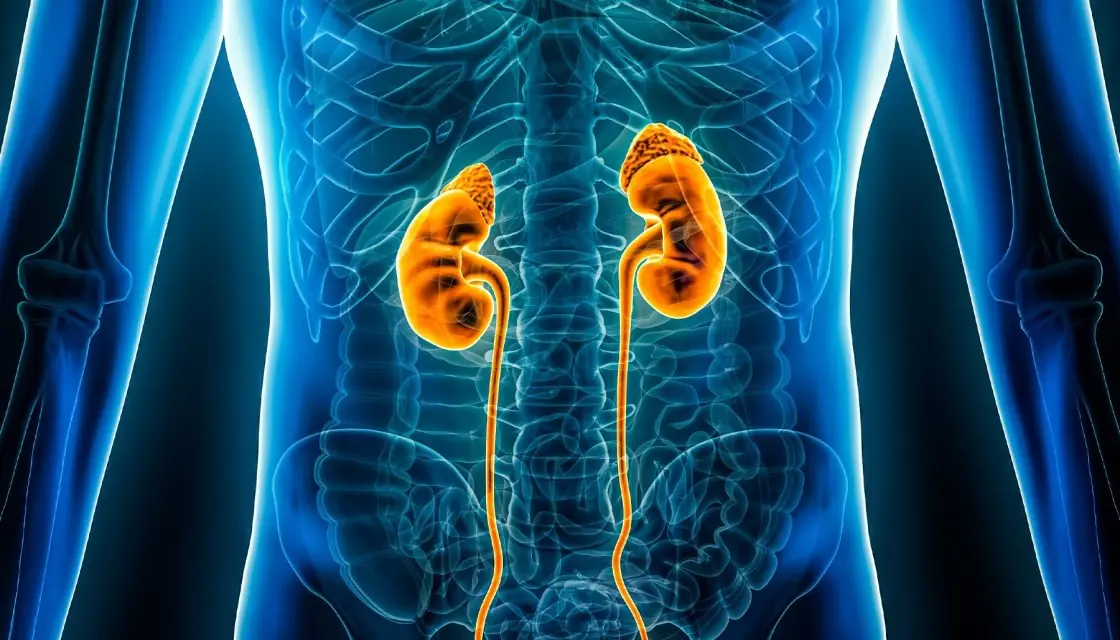
IF YOUR BODY SHOWS THESE EARLY WARNING SIGNS YOU NEED TO GET YOUR KIDNEY CHECKED FAST
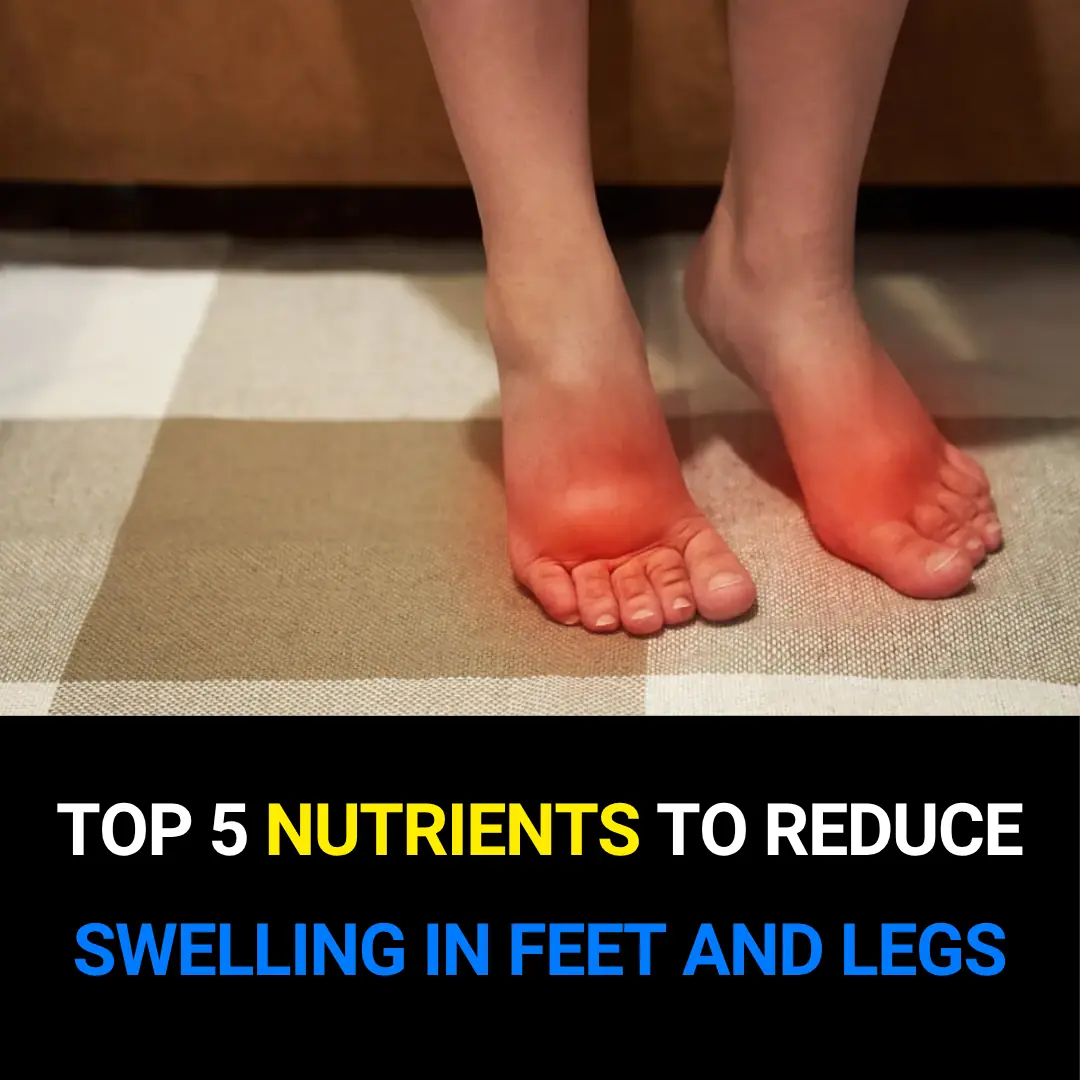
Top 5 Nutrients to Reduce Swelling in Feet and Legs

If you sleep with socks on, see what happens
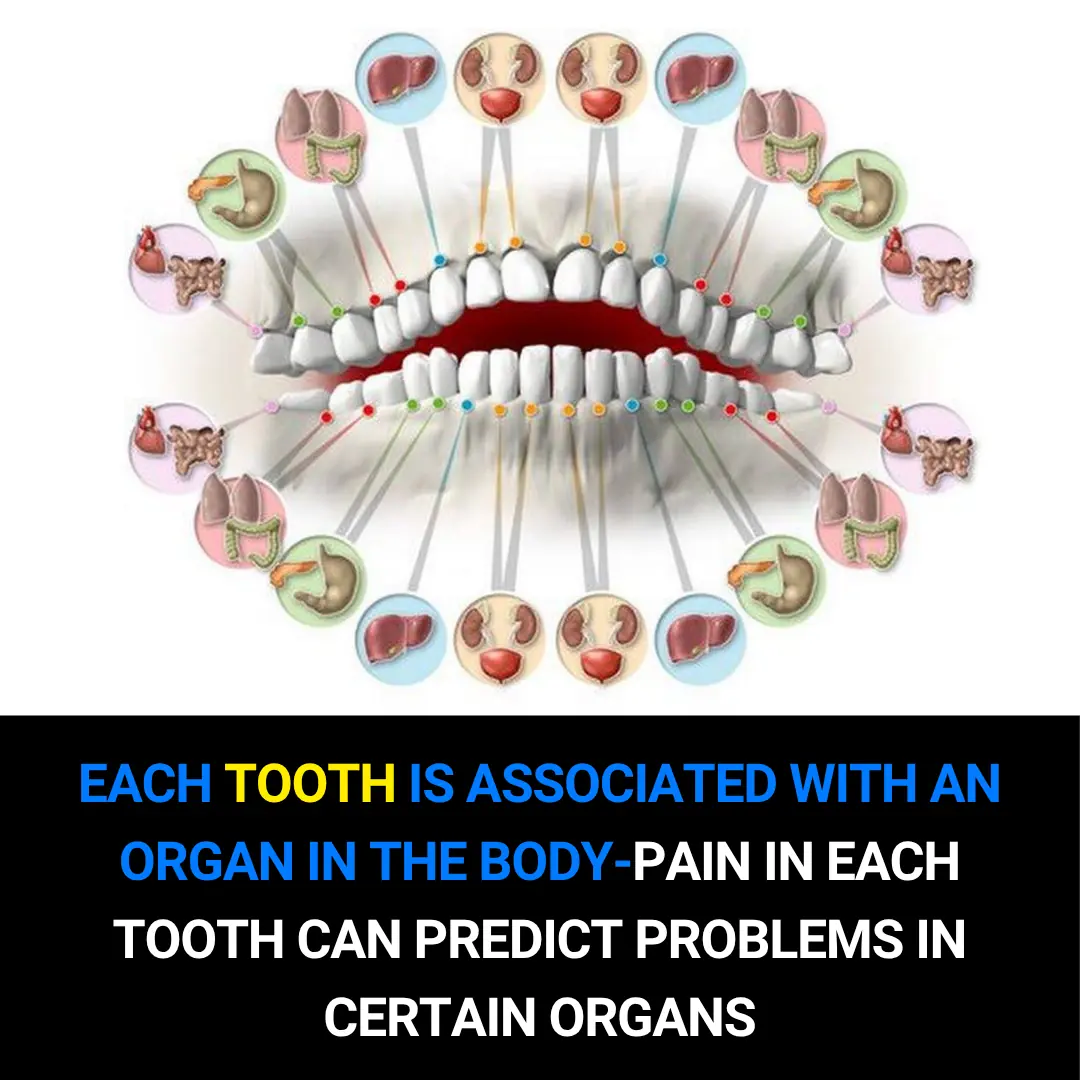
Each Tooth Is Connected to an Organ in the Body – How Tooth Pain May Reveal Hidden Health Problems

7 Heart-Healing Foods Your Cardiologist Won’t Tell You About

What Happens When You Eat 3 Whole Eggs Every Day…You’ll Be Surprised What It Does To Your Body!

This Is What Happens To Your Body The Day You Stop Eating Bread
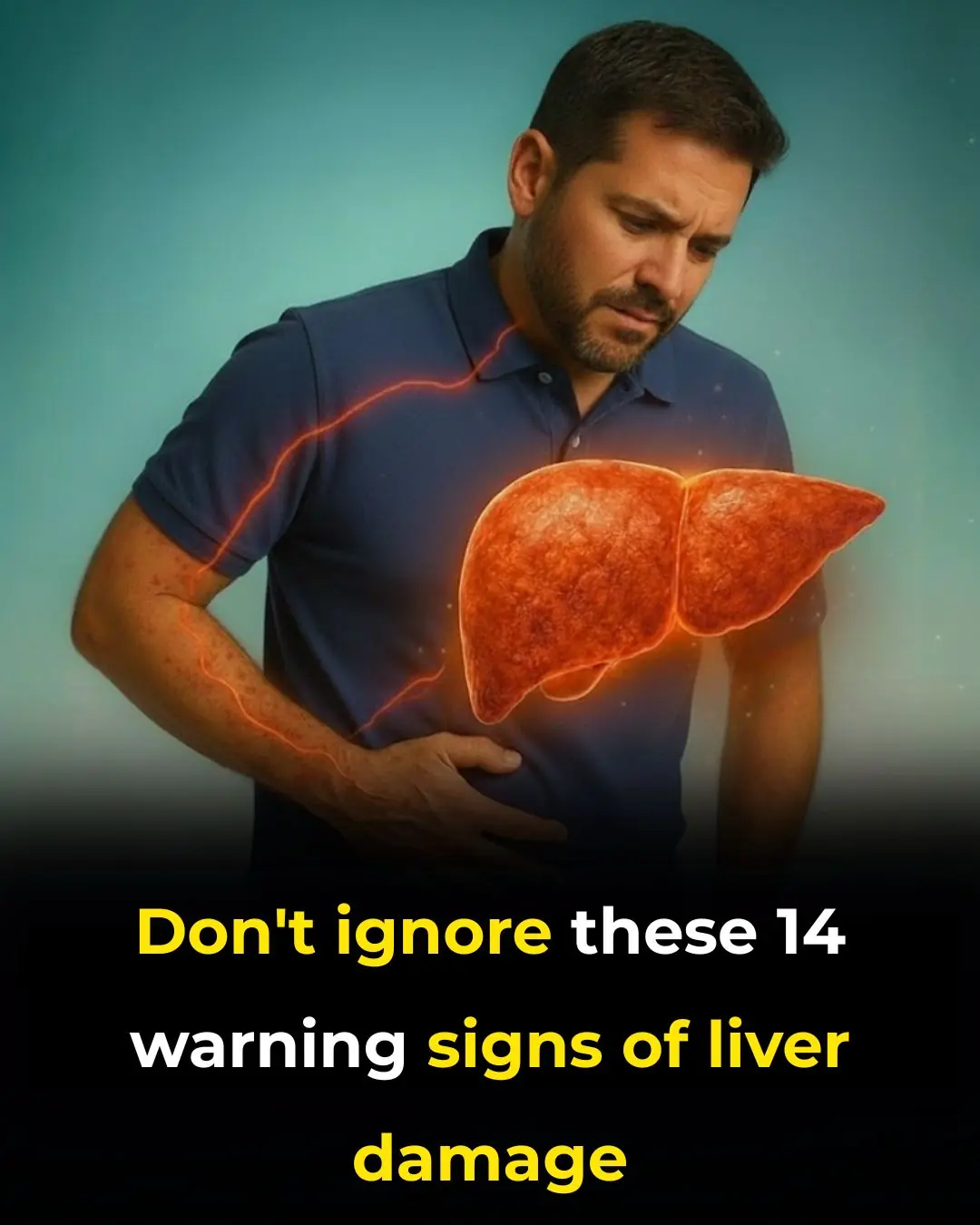
14 Symptoms of Liver Damage You Need to Know
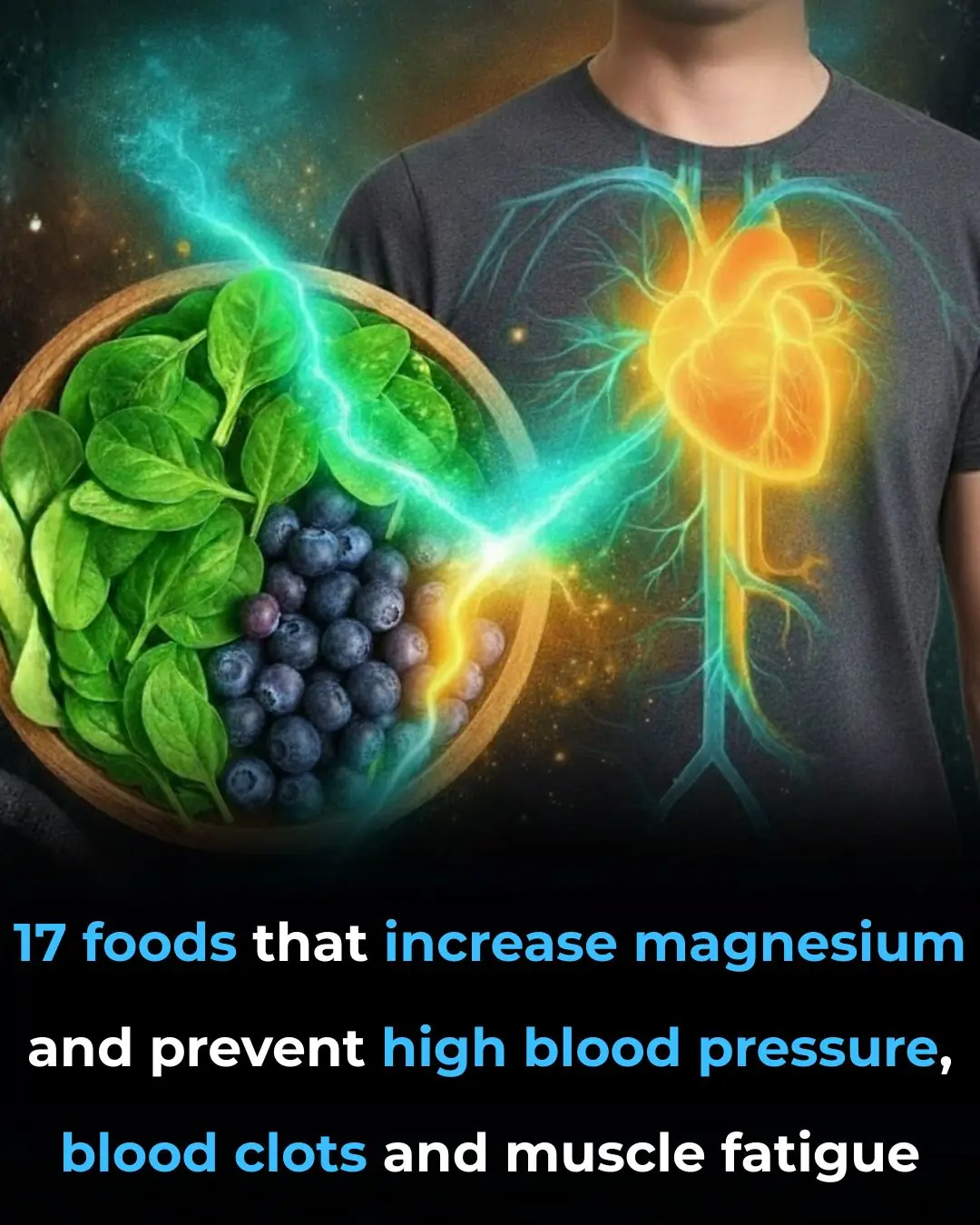
17 Foods That Increase Magnesium And Prevent High Blood Pressure, Blood Clots And Muscle Fatigue
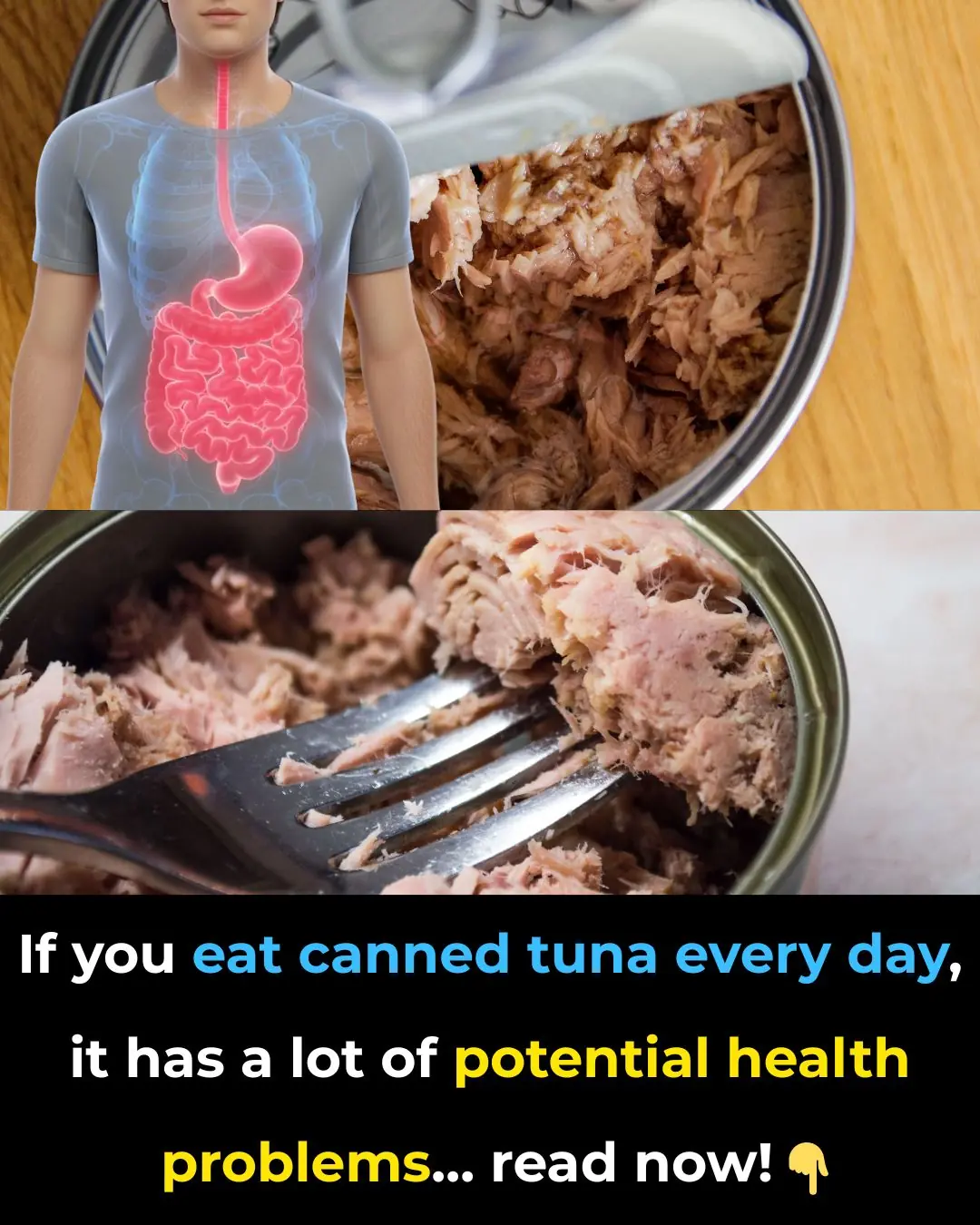
This Is What Happens to Your Body If You Eat Canned Tuna Every Day
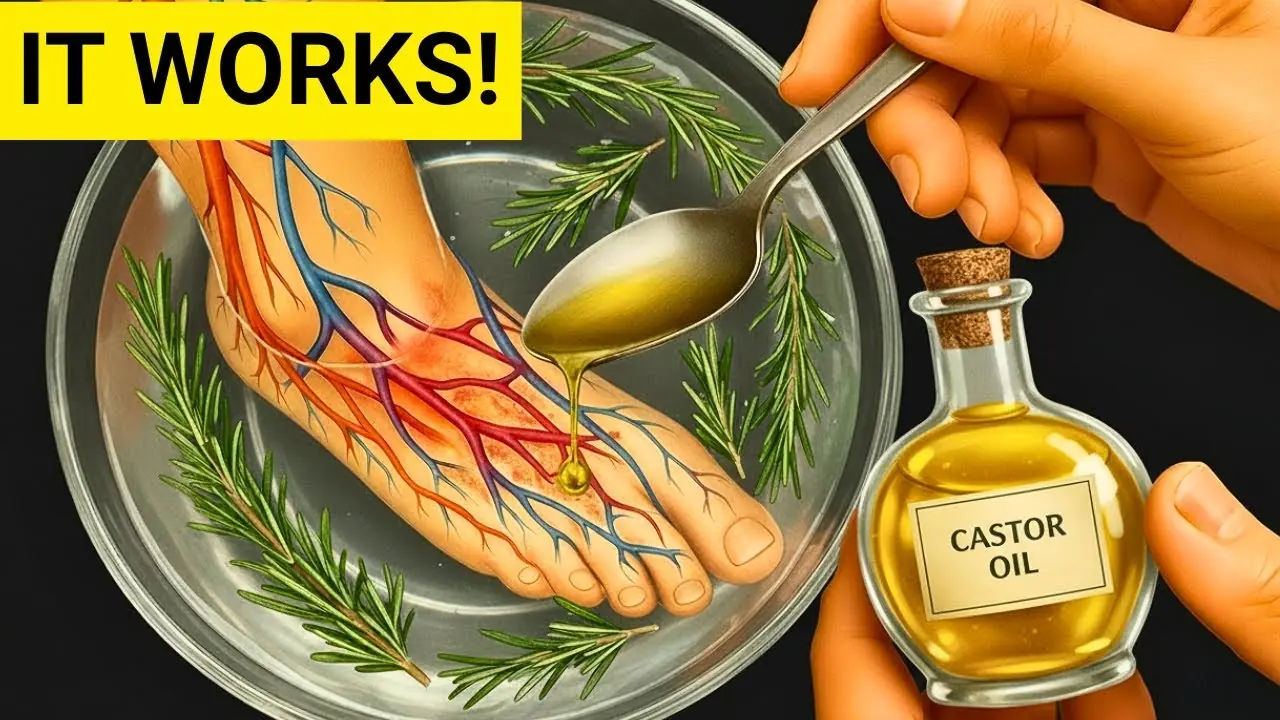
Mix Castor Oil and Rosemary — The 7-Day Results Will Surprise You

This Is What Happens to Your Body the Day You Stop Eating Bread
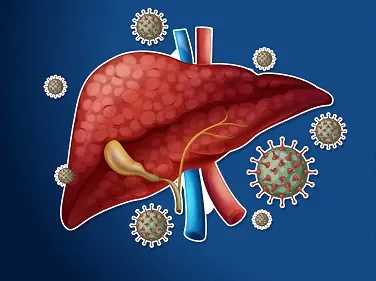
14 Symptoms of Liver Damage You Need to Know

Prepare Ginger This Way to Prevent Cancer, Reduce Cholesterol, and Lower Blood Sugar Levels

How to effectively cleanse your lungs in just 72 hours

Scientists find a berry that can combat cancer, diabetes, and obesity

Doctors reveal that consuming pumpkin causes in...

🚨 The Silent Danger: Early Signs and Prevention of Colorectal Cancer
News Post

I had no clue about this

I had no clue about this!
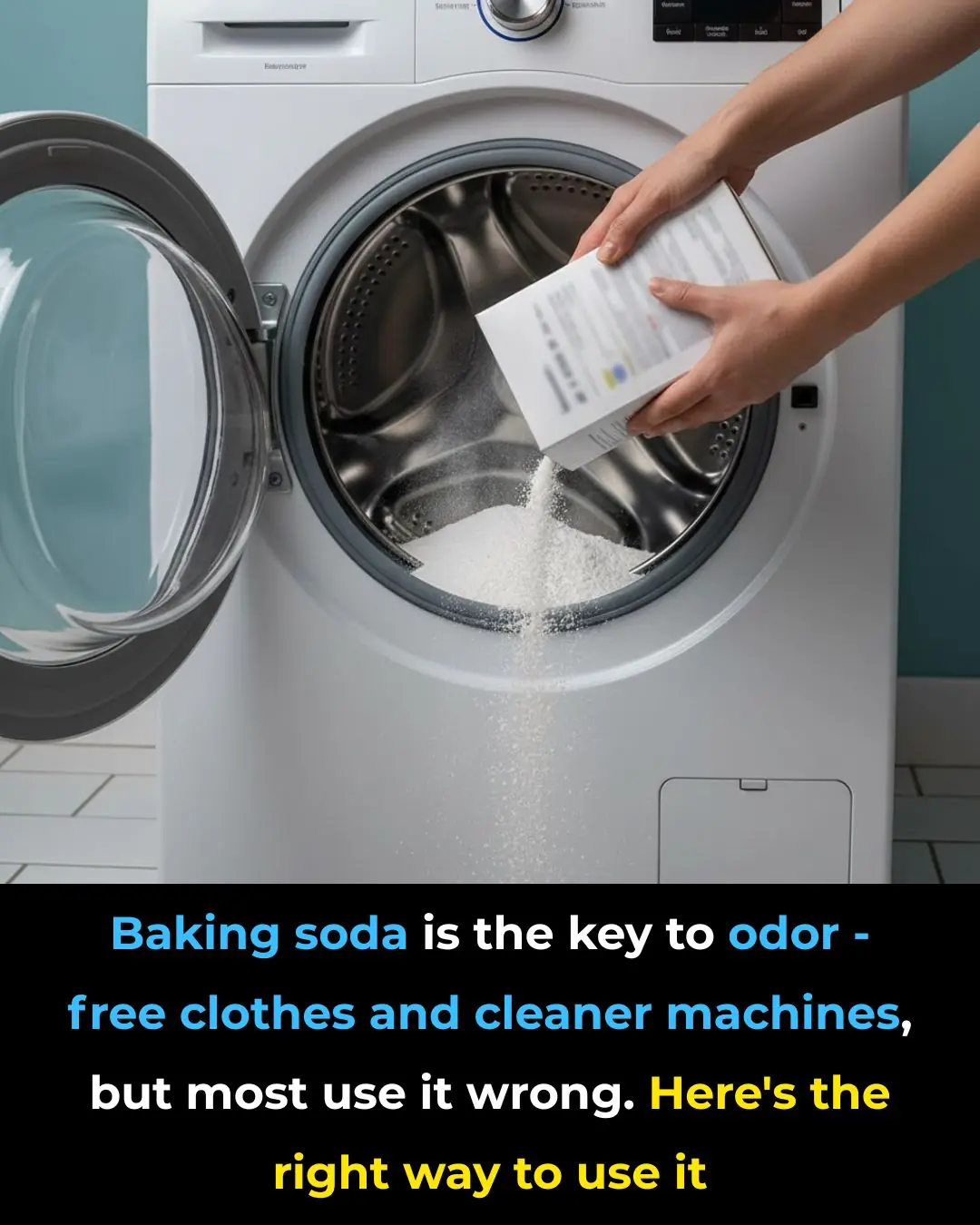
I had no idea

He drank hot tea every day. The results of his health check left him stunned
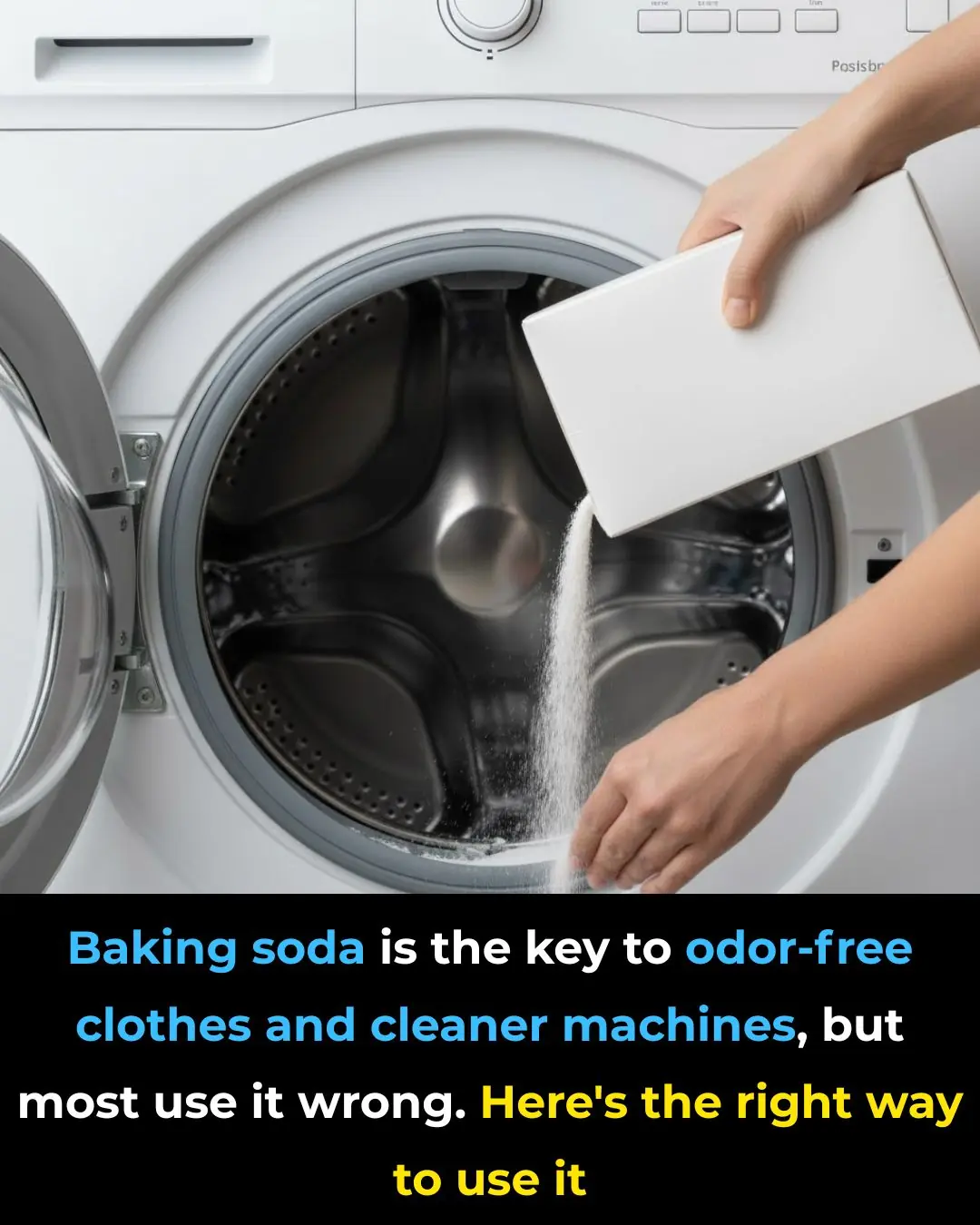
I had no idea

IF YOUR BODY SHOWS THESE EARLY WARNING SIGNS YOU NEED TO GET YOUR KIDNEY CHECKED FAST

People left 'speechless' after noticing new addition to the White House website

Neuroscientist reveals chilling things he saw while in a coma as he explains what it really feels like
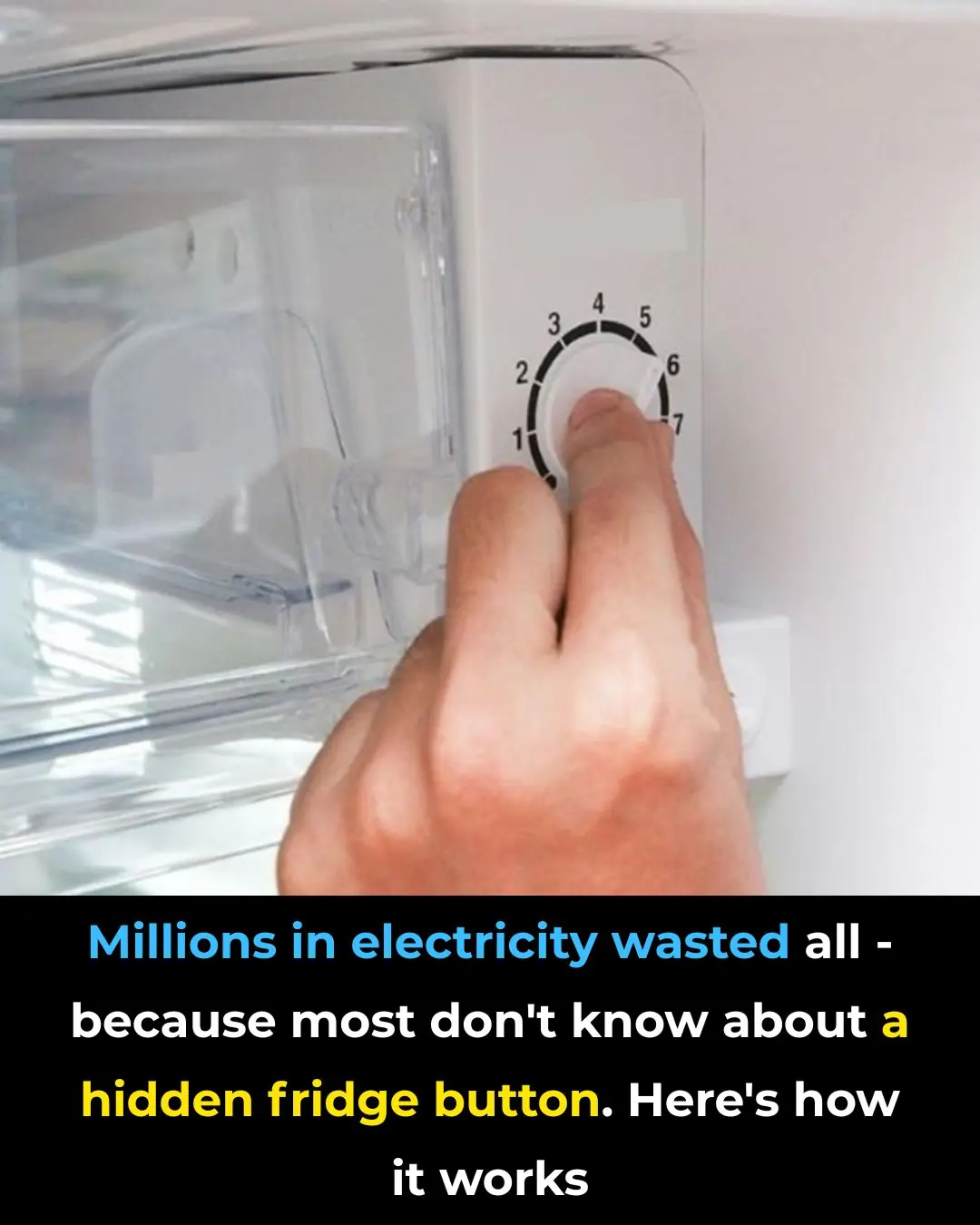
I had no clue about this!
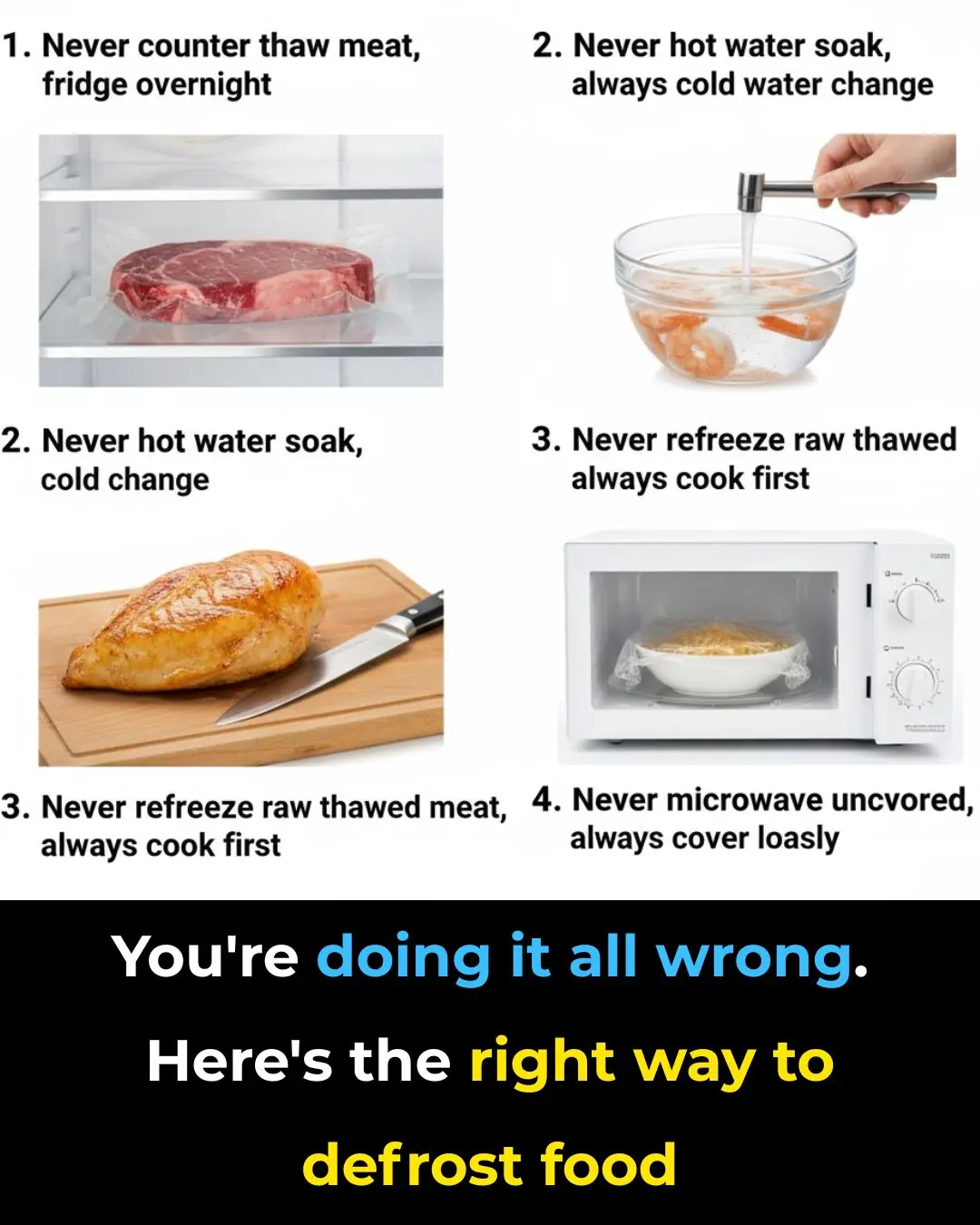
You’re doing it all wrong. Here’s the right way to defrost food
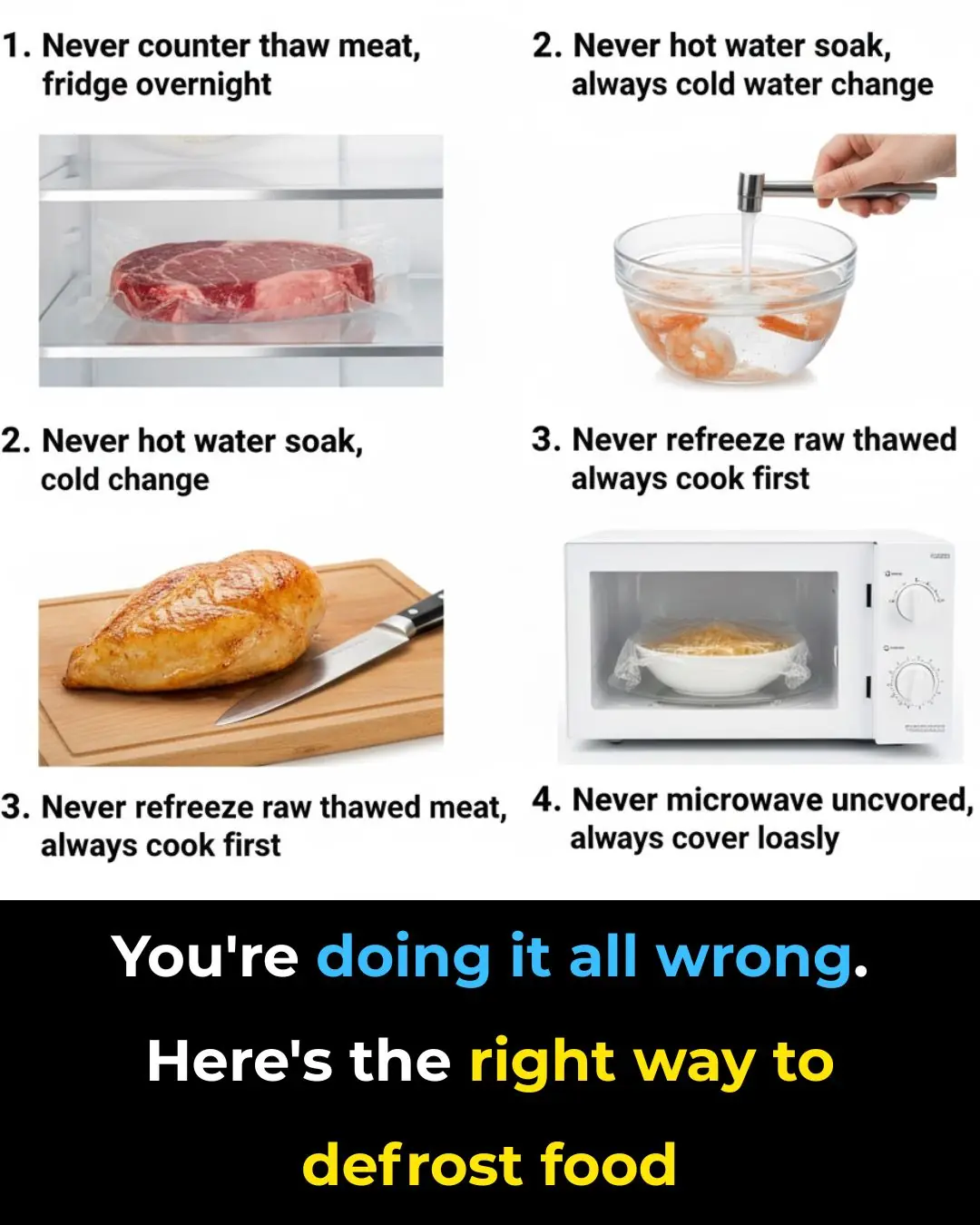
I had no clue about this!

The Unseen Heroes: A Rescue Dog's Loyalty That Saved My Life

Barrett’s Miracle: A Journey of Faith, Strength, and Prayer

A Farewell to a Friend and His Passion for Music

Top 5 Nutrients to Reduce Swelling in Feet and Legs

A Rare Encounter: The Moment a Mountain Lion Meets a Baby

Stray Cats Bring a Bitcoin Mine to a Standstill — And Melt Hearts in the Process

If you sleep with socks on, see what happens
